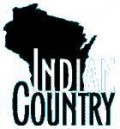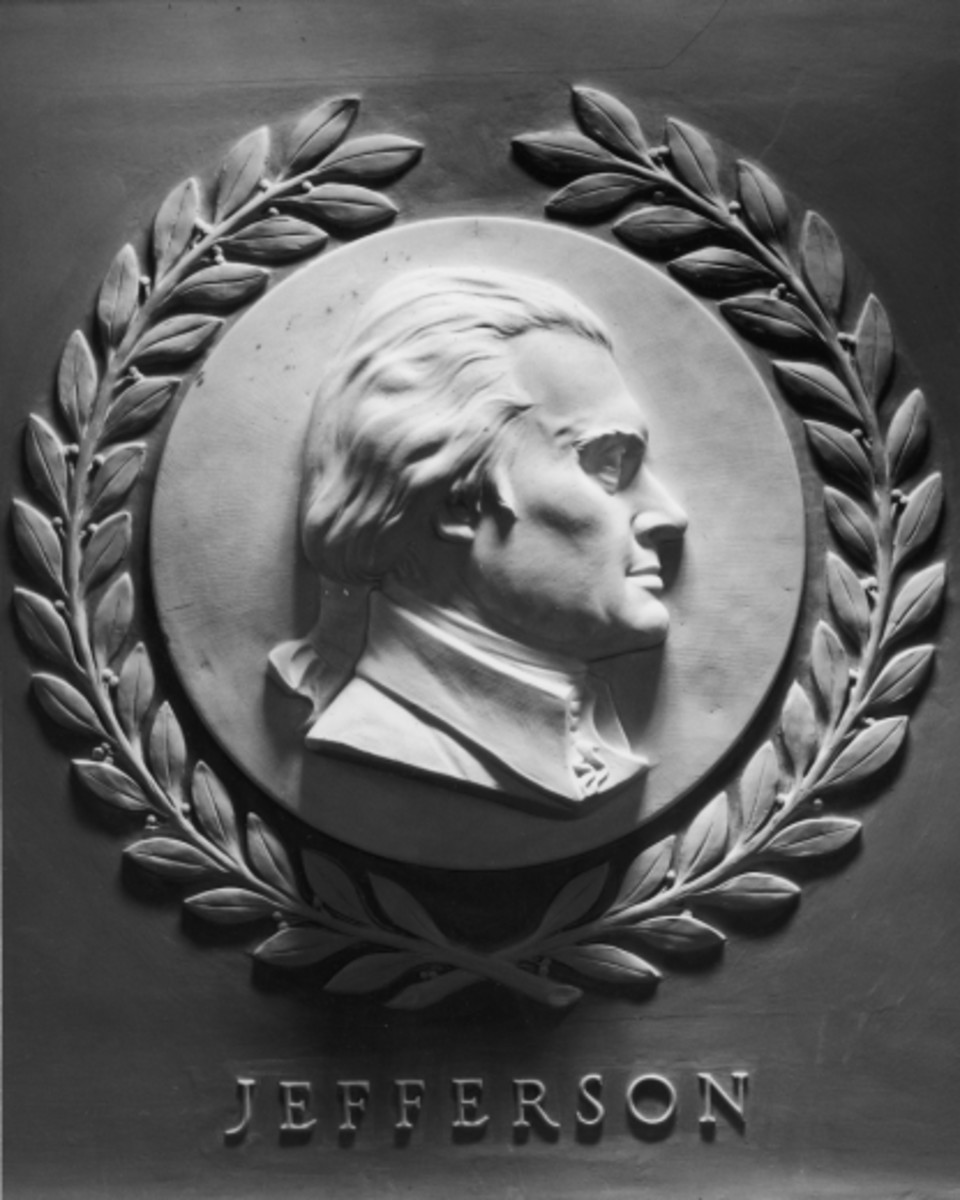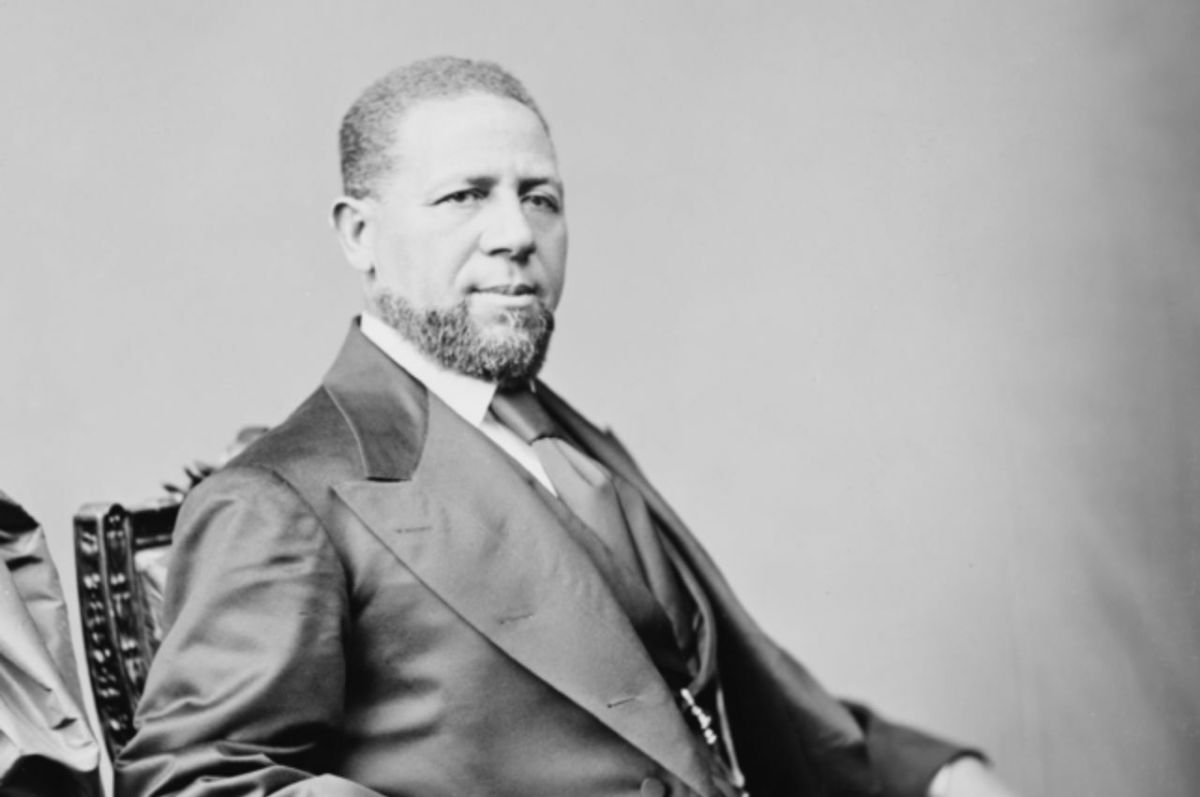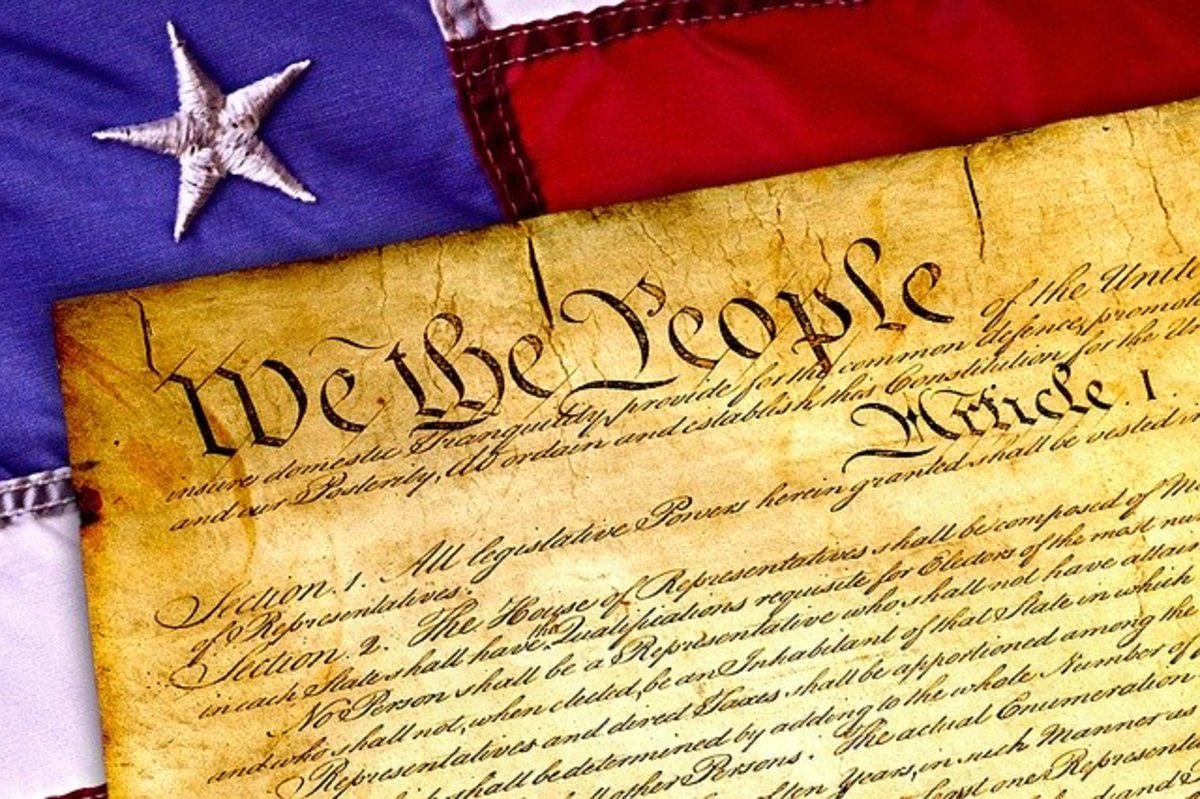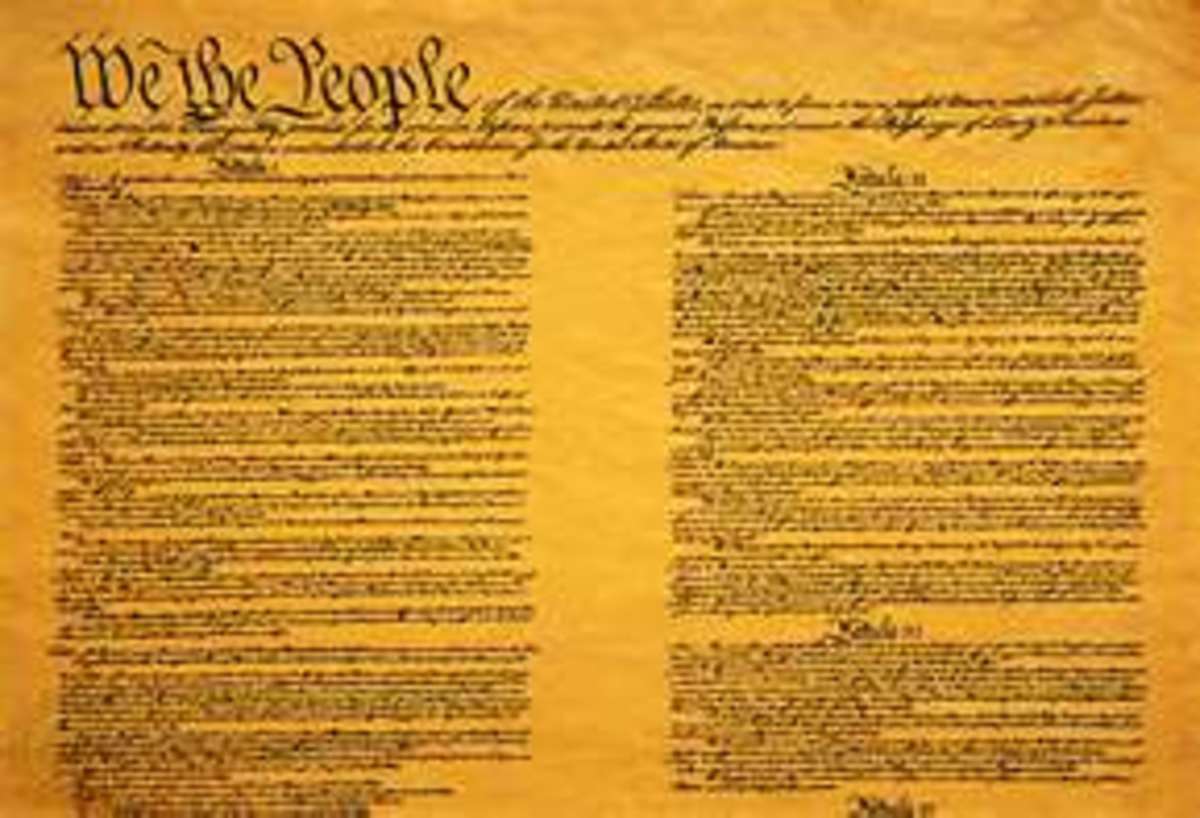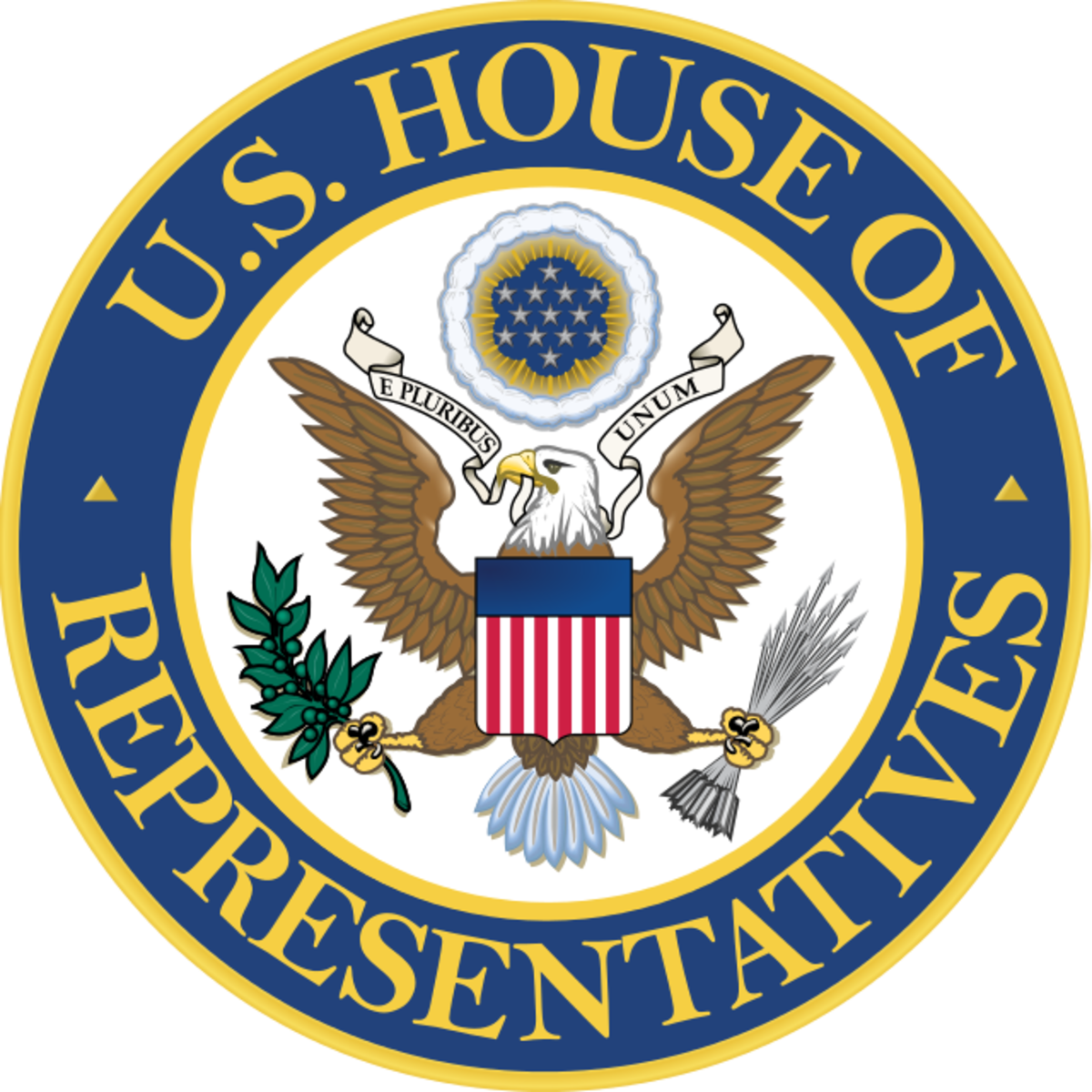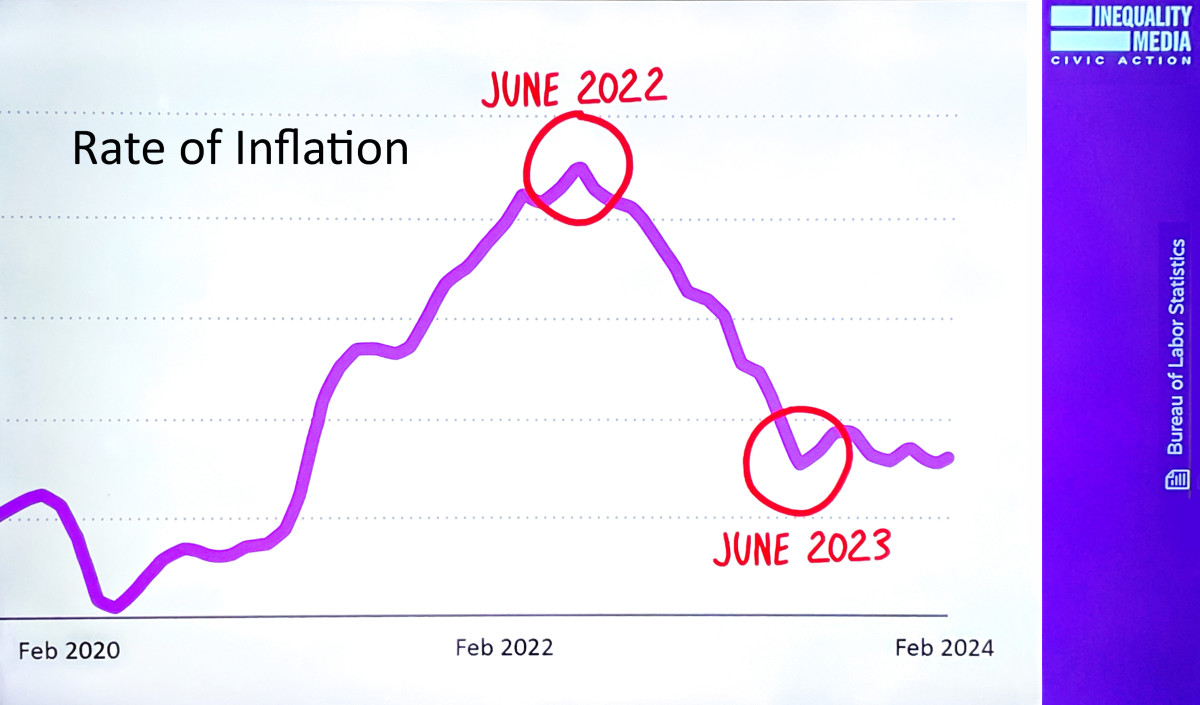Constitution and Separation of Powers
Separation of Powers
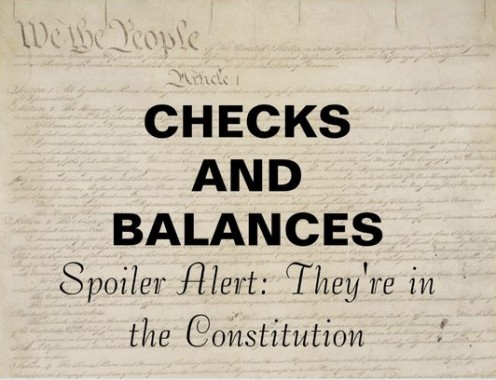
Federalism and Separation of Powers
Democracy can be a confusing subject to many and the constitution place rules for government to follow. With federal and local government, the power struggle continues today. When we think of separation of powers, many assume this applies to federal government, but states have their own branches which include; legislation, executive and judicial branches.
Federalism
In the constitution the word federalism is not written, but in Amendment X and Article 1, section 8 explains how government is divided (United States Senate, n.d.). Yes, most of the power lays in congress, but state governments have power over charter corporations, provide public education, and regulate property rights (United States Senate, n.d.). Does this mean federal government is in control? Looking at this, it is safe to say this is dual federalism. Dual federalism is when federal and state government are co-equals, but this still limits federal government to follow the constitution ("Center for the Study of Federalism," 2006). We can also apply this to reproductive rights, Roe vs. Wade allowed women to consult with their doctor for unwanted pregnancy. 10 states have adopted an abortion ban, but I will use Alabama. Under their law it is considered a felony for a doctor to perform an abortion to women that are not at risk (Keneally & Svokos, 2019). This act could lead to a prison sentence of 99 years. One can suggests because of federalism, the states have the power to implement this law, but federal law states a woman have a right to their own body (Keneally & Svokos, 2019). Lawsuits have been filed by many and it is placed in the Supreme Court, which show how separations of powers exist.
Separations of Powers
Under separation of powers, no branch can hold majority of power. This creates processes that can protect the citizens in the United States. Checks and Balances consist of three branches of government. They are as follows:
• Legislation Branch: collect taxes, pay debts and provide defence and welfare of the United States.
• Executive Branch: commander in chief for the US military, make treaties and shall appoint officials. (Gluck, 2018)
• Judicial Branch: in place for controversies and must follow the constitution.
(Gostin, 1995)
Separation of powers have impacted health policy in many ways and will continue to be a challenge unless compromise is made. Thanks to the ACA that was passed in 2010, estimated 30 million people were insured. This law saved many citizens with health conditions that could not get approved through private insurance programs (Gluck, 2018). Although the ACA was created with good intension, it was not perfect which challenge branches of governments. Under this bill, Medicaid would expand, but it was left to the states if they wanted to participate in the program (Gluck, 2018). The judiciary branch has limited power in health policy because these officials are appointed by the executive branch (Gostin, 1995). Under the constitution, the judicial branch they must uphold the rights of the people, so far this branch as implemented reproductive policies to be followed. The legislation branch can collect information from sources which can lead to laws that is supposed to protect and promote the health of the public (Gostin, 1995). The executive branch has the power to shape, develop, and expand health policy (Gostin, 1995). When President Obama signed the ACA law, he was thinking of the welfare of the people. In hopes to get universal healthcare, he was blocked my republican majority congress (Purdum, 2013). This led to compromise and the ACA was developed as the first step in the universal health process. Many would argue this bill is wrong because it goes against human rights, but where many fails to realize healthcare organization were losing money due to the lack of insured people (Purdum, 2013). Needing a bailout, organizations reach out to government which opened the door to the ACA development. Health policy has become a controversy topic and continues to impact our democracy.
Conclusion
Checks and Balances in our democracy has help shape a government that cannot hold all the power. Healthcare policy has created conflict in federal and state government. From reproductive rights to health insurance each branch of government holds certain responsibilities in the welfare of the people.
References
Dual Federalism. (2006). In T. Smith (Ed.), . Retrieved from American Federalism, 1776 to 1997: Significant Events
Gluck, A. (2018). Health Care Federalism and Next Steps in Health Reform. Journal of Law Medicine and Ethics, 46, 841-845. https://doi.org/10.11771073110518821977
Keneally, M., & Svokos, A. (2019). State abortion bans in 2019: Many signed, none in effect. Retrieved from https://abcnews.go.com/US/state-abortion-bans-2019-signed-effect/story?id=63172532
Making in Biomedicine. Retrieved from https://www.ncbi.nlm.nih.gov/books/NBK231967/pdf/Bookshelf_NBK231967.pdf
Purdum, T. (2013). Obama Price of Victory. Retrieved from https://www.politico.com/story/2013/10/government-shutdown-barack-obama-obamacare-aca-097687
United States Senate. (n.d.). https://www.senate.gov/civics/constitution_item/constitution.htm#a2
Rule of Law
Everything Trump Touches Dies
Public Policy Topics
- Kids in Cages: Trump’s Hatred Towards Migrant Asylum Seekers
The wake of the Zero-Tolerance policy America is now being questioned on morals and values. Bringing light to the truth of living conditions at the border hopefully change can began. - The Constitution and Separation of Powers
Democracy can be a confusing subject to many and the constitution place rules for government to follow. With federal and local government, the power struggle continues today.



